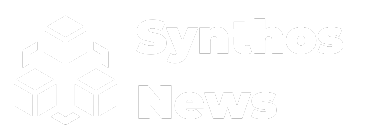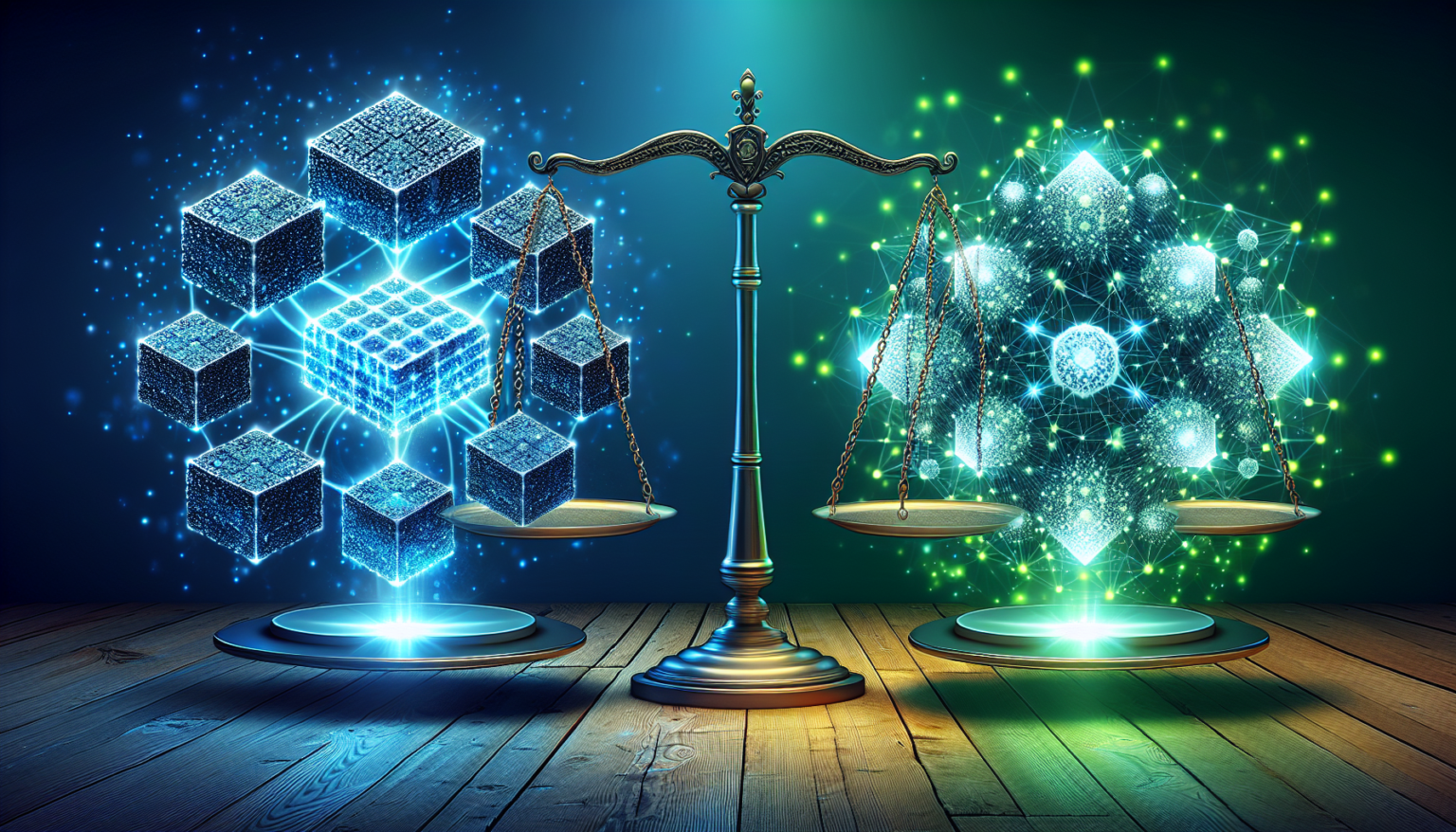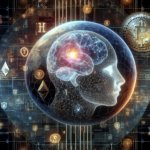Understanding Governance in Blockchain
Blockchain technology has gained popularity due to its potential to provide transparency, security, and trust in various applications. Governance is an essential aspect of blockchain, determining how decisions are made and how the network operates. Generally, governance models can be classified as decentralized or centralized. Each model offers distinct advantages and disadvantages, influencing not only the functionality of blockchain projects but also their community engagement and trust.
Decentralized Governance Model
Definition and Characteristics
A decentralized governance model distributes decision-making authority across a network of participants. This model aims to eliminate a single point of control, thereby enhancing fairness and encouraging broader participation. In decentralized governance, various stakeholders, such as developers, miners, validators, and token holders, contribute to decision-making processes, often through voting mechanisms.
Key Features
Community Participation
Community involvement is a cornerstone of decentralized governance. Decisions are often made through consensus mechanisms, where stakeholders can propose changes and vote on them. This participatory approach fosters a sense of ownership among community members, encouraging them to take an active role in the network’s development.
Transparency
Because decentralized governance operates on distributed ledger technology, all transactions and decisions are transparent and accessible to all participants. This transparency helps build trust within the community, as stakeholders can independently verify the actions taken.
Resilience and Adaptability
Decentralized models are often more resilient to corruption and manipulation, as no single entity holds all the power. Additionally, they can adapt to the needs of the community more swiftly since changes can be collectively decided rather than dictated by a central authority.
Challenges
Slow Decision-Making
A common drawback of decentralized governance is the potential for slow decision-making processes. With many voices and opinions to consider, reaching consensus can take time, which may hinder quick responses to emerging challenges.
Voter Apathy
In large decentralized networks, voter apathy can become a significant issue. Many community members may not engage in voting, leading to decisions made by a small, active group. This situation can create imbalances in representation and decision-making power.
Scalability Issues
As the network grows, coordinating governance can become complex. Managing discussions, proposals, and votes among a larger participant base can pose logistical challenges, making scalability a concern for decentralized governance.
Centralized Governance Model
Definition and Characteristics
In contrast, a centralized governance model consolidates decision-making authority within a single entity or a small group. This model is common in traditional business practices and can be observed in some blockchain initiatives. Centralized governance can streamline operations, making it easier to implement changes and maintain control over the development of the blockchain.
Key Features
Efficiency
Centralized governance is often more efficient in decision-making. With fewer individuals involved in the process, changes can be implemented quickly. This efficiency can be beneficial for responding to market dynamics and ensuring the blockchain remains competitive.
Clear Accountability
Having a central authority means that accountability is clear. If something goes wrong, there is a specific individual or group that can be held responsible for decisions and their outcomes. This transparency can be reassuring for participants who seek clarity in governance.
Streamlined Development
A centralized model can foster rapid development and innovation, as a smaller, cohesive leadership team can develop strategies and execute them without needing extensive community involvement for every decision.
Challenges
Lack of Trust
One of the main drawbacks of centralized governance is the potential for distrust among community participants. Stakeholders may question the motives of the central authority, particularly if decisions seem to favor specific individuals or groups over the broader community.
Single Point of Failure
Centralization creates a single point of failure. If the central authority acts against the community’s interests or becomes compromised, it can have dire consequences for the entire network. This vulnerability can deter participation and investment.
Limited Community Engagement
Centralized governance often leads to limited engagement from the broader community. Stakeholders may feel disconnected from decision-making processes, reducing their incentive to contribute positively to the network.
Real-World Examples
Decentralized Governance in Action
One of the most notable examples of decentralized governance is the Ethereum network, particularly with the introduction of Ethereum Improvement Proposals (EIPs). This system allows community members to propose changes to the protocol, which are then discussed and voted on by stakeholders. The decentralized nature fosters innovation and adaptation based on community needs.
Centralized Governance in Practice
A clear instance of centralized governance can be seen in blockchain projects like Ripple. The Ripple network is governed by a consortium of institutional investors, and its development decisions are largely made by a central governing body. This model enables rapid decision-making and implementation of changes, but it raises questions about the level of decentralization in a space often touted for its democratic foundations.
Evaluating the Models: Which is Better?
Context Matters
The choice between decentralized and centralized governance often depends on the specific context and goals of the blockchain project. For projects that prioritize community engagement and transparency, decentralized governance may be ideal. However, for applications requiring fast-paced development and decision-making, centralized governance may be more suitable.
Hybrid Models
Interestingly, some projects are exploring hybrid models that combine elements of both governance styles. These models aim to harness the efficiency of centralized governance while integrating community feedback mechanisms typical of decentralized systems. By doing so, they hope to balance speed with inclusivity.
Conclusion
Understanding the intricacies of blockchain governance models is crucial for anyone involved in the development or use of blockchain technologies. Both decentralized and centralized governance models have their pros and cons, and the effectiveness of each largely depends on the specific goals of the project and the community it serves. As the blockchain space continues to evolve, so too will the governance structures that support it, potentially leading to new innovations and approaches that challenge our current understanding of governance in this digital landscape.








